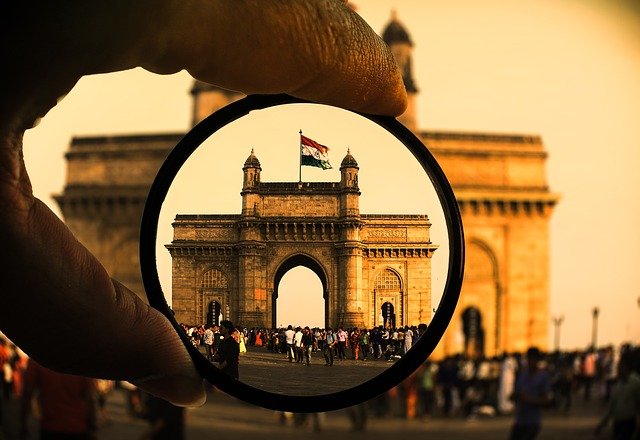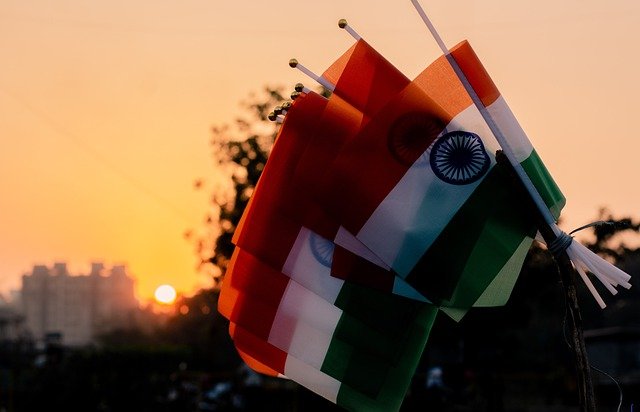The Constitution of India: Preamble Glossary that you should know
Common yet Important Terms that you might not know, take a look here
On January 26, 1950, The Constitution of India first came into force and existence by removing the Dominion status which was given by British Dictators. The key festivity of Republic Day takes place in New Delhi, the national capital of India. At the Rajpath in the presence of the President of India. On this auspicious day, traditional parades are held at Rajpath. As a tribute to the traditional legacy and unity of India.

Making of the constitution
Although we got independence on 15 August 1947, emerging India did not have legislation of its own. The leaders realised that a fully packed constitution which addresses and solves the specific needs of the citizens of India. For this, a Drafting Committee was made on 29 August 1947. The committee was asked to present a final version of the draft in front of the Constituent Assembly for their review and consideration. Later, the laws and legislation were finally drafted and adopted in the year 1950.
The first meeting of the seven-member Constituent Assembly was held on 30th August 1947. The commission was headed by Dr B.R. Ambedkar as its chairperson along with N Gopalaswami, BL Mitter, Mohammad Saadulla, DP Khaitan, KM Munshi and Alladi Krishnaswami Ayyar.
After the hard work of 2 years, 11 months and 18 days, the final draft was prepared. The Constituent Assembly officially recognised and adopted it on 26 November 1949 but it was officially adopted on January 26, 1950. As ‘Purna Swaraj Diwas’ was observed on 26 January 1930. On this day, a bill was drawn, demanding and asking for “complete and absolute freedom” from the British rule.
Let us try to understand the words and their actual meanings which were used by the Drafting Commission in The Preamble of India while drafting the Constitution.
Read more: Rudyard Kipling: About, Achievements and Quotes

So what exactly is a Preamble?
A Preamble is an initial statement which outlines the concepts and objectives of the document and explains its purpose. In the Constitution, The Preamble is regarded as the basic structure. It represents the intent of its drafters, the history and the narrative content behind its formation and the ideals and the essential core values of the nation are set out in the Constitution.
The Preamble of Indian Constitution reads as follows-
“WE, THE PEOPLE OF INDIA, having solemnly resolved to constitute India into a SOVEREIGN SOCIALIST SECULAR DEMOCRATIC REPUBLIC and to secure to all its citizens:
- “We, The People of India”, refers to the citizens of India. The authority and power lie in the hands of the citizens. This statement concludes the diversity of India by highlighting the fact that the constitution is, ‘by the people, for the people and of the people.’
- “Sovereign” refers to authority and the supreme power which our state has. Therefore, the state is not dependent on any outside authority or any external power for the choices and decisions that it takes.
- “Socialist” refers to the coexistence of a mixed economy which includes both the public sector and the private sector. The government and the state will work upon the development of the nation and its people. Thereby, ensuring the interest of the people.
- “Secular” stands for the freedom of religion of your choice. There is no official religion of India. All the religions are treated with equal respect, support and protection from the state. All the religions will be treated equally under the eye of law.
- “Democratic” refers to the fact that each person in a country has its share. The government which is formed by the citizens, which works for the citizens and the people in the government are the citizens of India.
- “Republic” refers to a country where supreme authority is with the people and their elected representatives. Our country is free and is not under any influential control.
- “Justice” refers to maintaining law and order in society. It is composed of three elements i.e. Social, Political and Economic justice. Social refers to justice without any discrimination on grounds of caste, creed, gender etc. Political refers to having equal rights to participate without any discrimination. Economic says without any discrimination on basis of economic status and wealth.
- “Liberty” refers to the freedom of choice, to live life as per your preference without any interference. To have your own political choice, religious beliefs and your ideology. You are not being forced to follow any certain set of patterns. Everything you do must be within the prescribed limits of the law.
- “Equality” refers to the fact that everyone is equal before the rule of law. No special privileges will be given to any section of society. Every citizen will have equal opportunities without any discrimination.
- “Fraternity” refers to unity and feeling of brotherhood with the citizens and the country. It also signifies, ‘Unity in Diversity.’ Fraternity aims to provide people with a sense of emotional attachment with the country. There is no place for communalism, casteism and regionalism.
The Preamble is regarded as the basic structure of the constitution which cannot be altered or changed. The term ‘Socialist’, ‘Secular’, and ‘Integrity’ was added to the Preamble after the 42nd Amendment Act, 1976. From the French slogan of the French Revolution, the idea of Democracy, fraternity and equality was incorporated.
Preamble plays a significant role in shaping and forming the destiny of a country. All the provisions and the acts are made keeping in mind the basic structure of the Constitution. So that there is no violation of the sovereignty of the citizens of India.
Check our Instagram : Ownguru
Facebook : Ownguru
If you have an interesting write-up or any suggestion, write to us at ownguru@gmail.com
